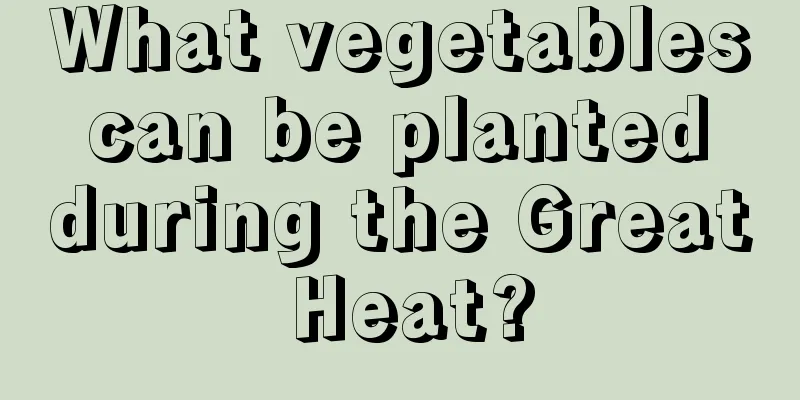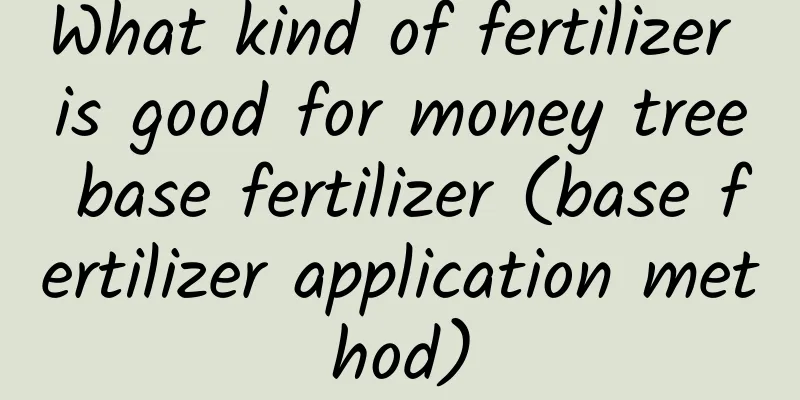What vegetables can be planted during the Great Heat?

|
The Great Heat solar term is the period of the year when the sunlight is the strongest and the temperature is the highest, and it is also the period when crops grow the fastest. During this period, agricultural activities mainly focus on strengthening field management, and doing a good job in drought, typhoon and flood prevention, as well as disease and insect control. So what vegetables can be planted during the Great Heat? 1. Leek Chives are a fast-growing vegetable that can be harvested continuously and are suitable for planting during the Great Heat period. During the planting process, you should not keep the leeks in direct sunlight. 2. Bitter Melon Bitter melon is a vegetable that prefers warm climates and is not cold-resistant. It has a certain tolerance to humid environments, but does not like excessive water. Bitter melon has high requirements for soil. The suitable growth temperature range is 20 to 30 degrees Celsius. It is usually planted in July and August each year. 3. Mustard The "Erfu vegetables" in the folk proverb "The first ten days of summer are radishes, and the second ten days of summer are vegetables" refers to mustard greens. The best time to plant it is from late July to early August, just before the Great Heat solar term. Mustard has relatively weak adaptability to temperature and water. It is neither cold-resistant nor drought-resistant. Therefore, special attention should be paid to shading and timely watering when planting. 4. Water spinach Water spinach is a vegetable that prefers warm and humid climates. It has good tolerance to high temperatures and its suitable growth temperature range is 20 to 35 degrees Celsius. This vegetable has a short growing cycle, taking only 35 to 45 days from sowing to harvesting. 5. Loofah Luffa is heat-resistant and moisture-resistant, and is very suitable for growing in high temperature and high humidity environments. As summer approaches, the temperature gradually rises, providing ideal conditions for growing loofah. In addition, after the Great Heat, you can also sow heat-resistant leafy vegetables such as amaranth, wood spinach, coriander, etc. in batches in the open field. In hot and dry areas, it is necessary to pay attention to replenishing water for vegetables in time, and in places with heavy rainfall, it is necessary to prevent root rot.
|
<<: Chrysanthemum cultivation methods and precautions
>>: Black goat breeding technology and management methods
Recommend
What should I do if the leaves turn yellow? After this treatment, the tree is so green that it can drip oil!
Green radish yellow leaves The most common thing ...
Cultivation methods and precautions of flat peaches
1. Maintenance methods 1. Temperature: Because it...
Cultivation methods and precautions of Perilla
1. Soil Perilla has good adaptability to soil, bu...
How to grow Christmas Kalanchoe
1. Soil: Christmas Kalanchoe has strong adaptabil...
What to do if the chrysanthemum leaves wither
1. Disease problem (1) Specific reasons: The most...
How to spend the winter with roses
1. Keep warm and protect against cold Although ro...
Can bamboo cypress be watered with beer water?
Can bamboo cypress be watered with beer water? Ba...
How to propagate jade ornaments
Breeding Tips Reproduction method Like other plan...
What is the reason for the succulent growth?
1. Insufficient UV rays Why do we talk about ultr...
How to change the soil of Dancing with the Wind? Can I divide the pot?
1. How to change the soil It prefers a relatively...
The cultivation methods and precautions of Butterfly Dance
1. Maintenance methods 1. Substrate: The soil sel...
How to grow aloe vera
1. Pot soil It is best to choose soil for growing...
How to distinguish poppy from corn poppy
1. Difference in plant height The poppy can gener...
What soil is suitable for soybean cultivation?
Introduction to soybean Soybean is a plant of the...
Can the tower pine be planted in the yard?
Can I plant a pine tree in my yard? The tower pin...









